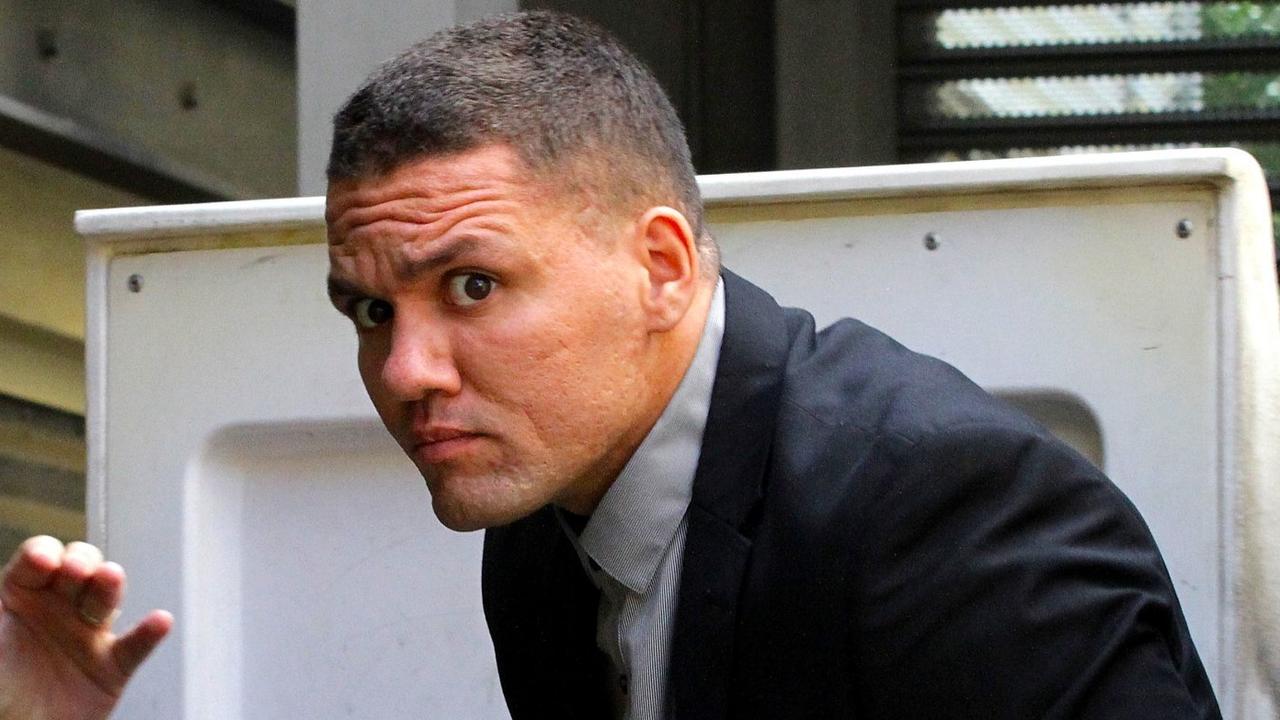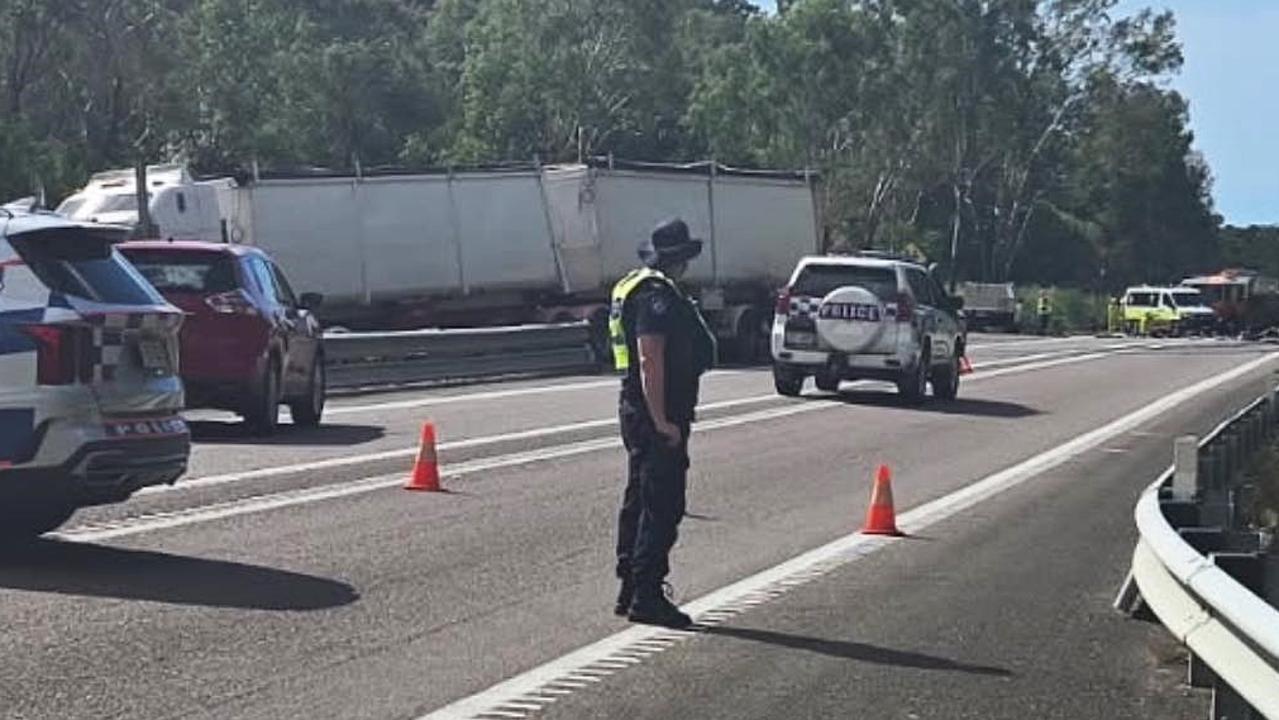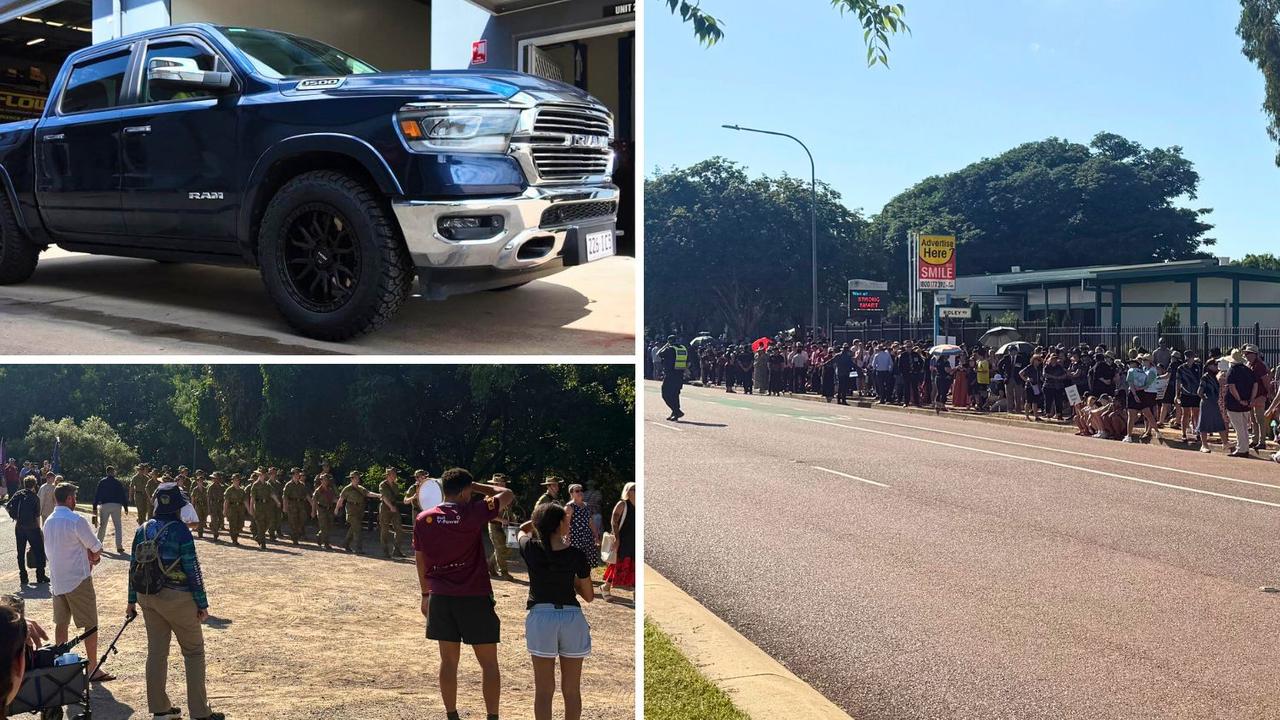Bruce 2.0 back: Inland freight route, Defence wins for North Queensland in Federal Budget
There were no new surprises for Townsville in the Albanese Government’s third budget, which locked in billions of dollars for already announced projects — but a previously frozen project is back on the table. DETAILS
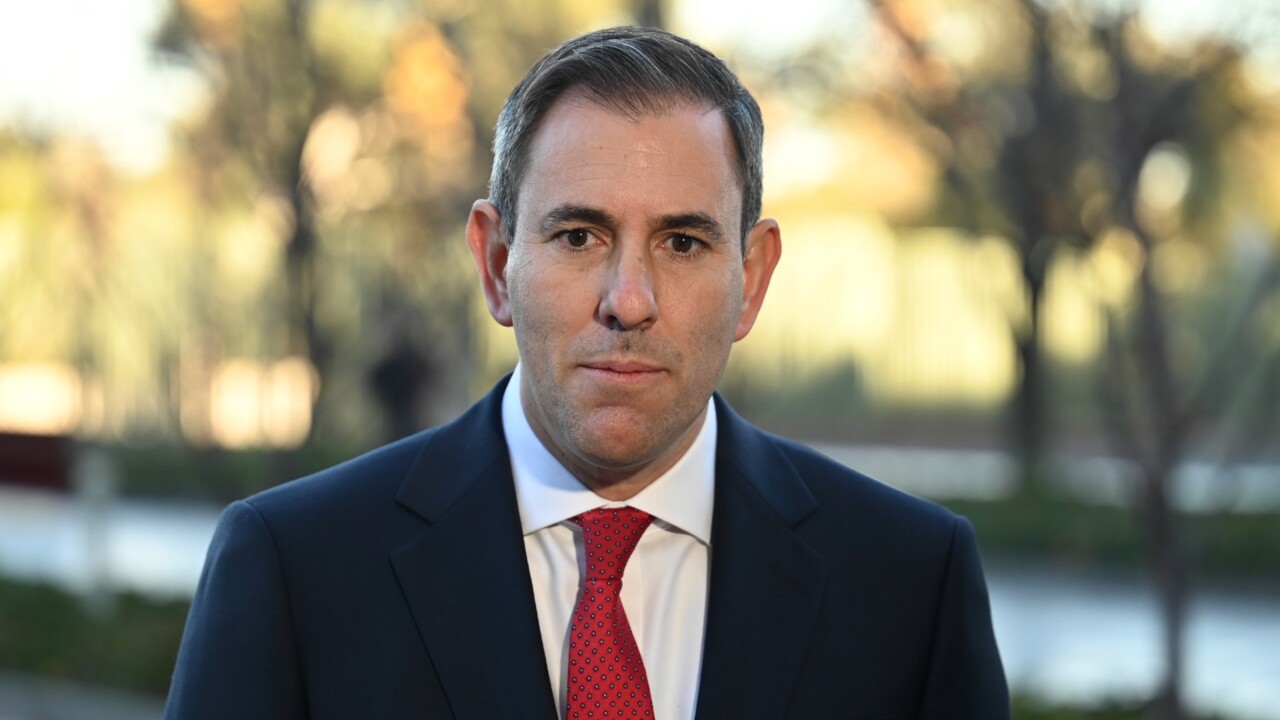
Townsville
Don't miss out on the headlines from Townsville. Followed categories will be added to My News.
There were no new surprises for Townsville in the Albanese Government’s third budget, which locked in billions of dollars for already announced projects.
Funding for the previously frozen Inland Freight Route, Lavarack Barracks and the eradication of yellow crazy ants featured in the fine print of Treasurer Jim Chalmers third budget, which he brought down on Tuesday night, announcing only the second surplus in the past 16 years amid uncertain economic times and an election on the horizon
But there was little else in new funding for the Townsville region, failing to rate a mention during Dr Chalmers’ speech, which primarily focused on cost-of-living and housing relief.
After an escalating funding war with the federal government, the previously frozen Inland Freight Route in Queensland – dubbed as the ‘second Bruce’ is back on the table with the $720 million set to be released for the construction.
Stretching 1185km from Mungindi on the NSW border to Charters Towers, the figure comes after the Albanese Government revealed it would no longer provide 80 per cent of costs for major infrastructure projects at the end of 2023.

Projected to cost $1bn, the Inland Freight Route would provide an alternative to the Bruce Highway and improve connectivity, however planning for specific stretches along the line are yet to be announced.
Previously revealed in late January, Australian Defence Force bases in North Queensland will receive a $35m upgrade to boost air and land capabilities with Townsville’s Lavarack Barracks and RAAF Base expected to create at least 600 jobs during construction.
The Albanese government further detailed $6.4m towards yellow crazy ant eradication activities in Townsville and in and adjacent to the Wet Tropics of Queensland World Heritage Area in Cairns.
Dr Chalmers characterised it as a “budget for the here-and-now” and “a budget for the decades to come”.
“More homes means more affordable homes and a better deal for buyers, builders and renters alike,” he said.
The current housing pipeline is backed up (so) we’ve already allocated $3.5 billion to address bottlenecks and slash red tape – and this budget includes another $1 billion to help states and territories build more housing sooner.
“We’re providing $89 million for 20,000 additional fee-free TAFE and VET places to train more construction workers to do the work we’ll need.”
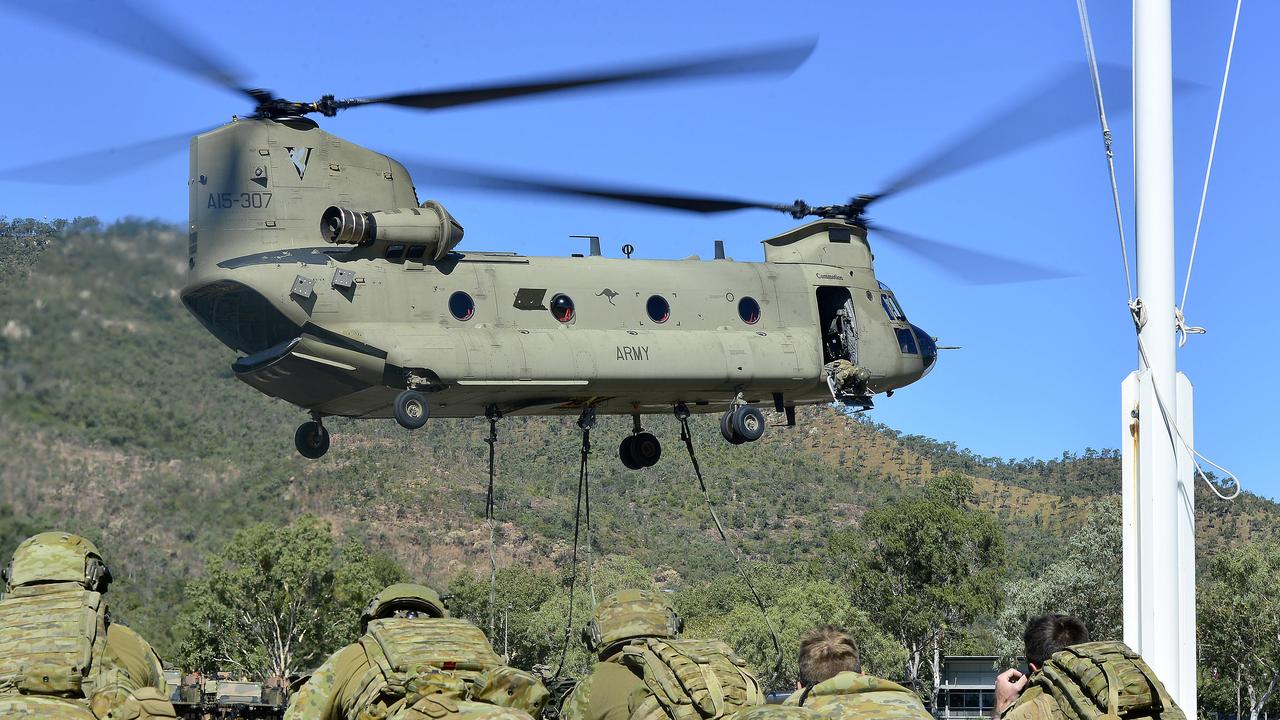
However, Real Estate Institute of Australia Queensland spokesman Andrew Bell said the measures, while welcome, would do nothing to deal with the immediate housing crisis gripping the city.
“Some of these measures are good but there is too much blockage in the bureaucracy whereas we need policies which can get developments underway sooner than later,” he said.
“The level of certification for buildings are of such a high standard now that the average building is just not interested because it takes eight to ten months to qualify and that is too hard and many of those who work in regional areas (across the state) don’t think it’s worth it.
“It’s one thing to throw money at housing and development but if they never land it is of no benefit.”
Mr Bell said measures which would provide immediate benefit would be capital gains tax reform, the slashing of infrastructure charges and government incentives for developers to build affordable housing, along with time-frames to ensure their projects are delivered within five years.
However, in a win for tens of thousands of small business operators across the state, Dr Chalmers announced a surprise continuation of the $20,000 instant asset write-off which was expected to end on June 30, a move which is expected to be welcomed by business groups across the city which had lobbied for the measure.
“We want Australian small businesses to share in the big opportunities ahead as well,” Dr Chalmers said.
“That’s why we are extending the $20,000 instant asset write-off until 30 June 2025, providing $290 million in cash flow support for up to four million small businesses.
Dr Chalmers announced a $9.3bn budget surplus, despite previous years’ budget papers tipping a deficit.
However forward estimates forecast deficits to return across the next four years.
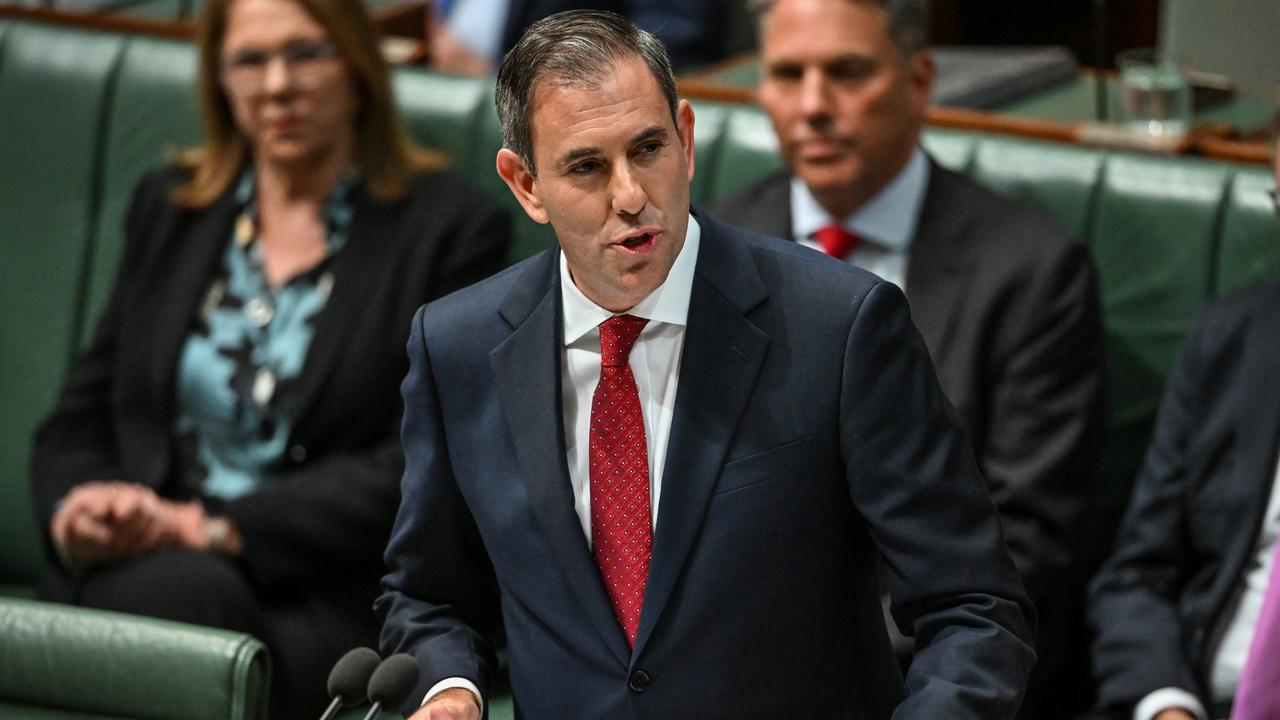
Dr Chalmers said the economic outlook was “framed in fraught and fragile global conditions”.
“The world economy is resilient in parts but subdued overall (and with) inflation lingering in North America, growth is slowing in China and tepid in Europe, tensions have escalated in the Middle East and persist in Ukraine, global supply chains are fragmenting,” he said.
“This uncertainty combines with cost of living pressures and higher interest rates to slow our economy, with growth forecast to be just 1¾ per cent this financial year and 2 per cent next.
“Treasury is now forecasting inflation could return to target earlier, perhaps even by the end of this year (while) at the same time, around 780,000 jobs have been created under this Government, a record for any first term.
“This is stronger jobs growth than in any major advanced economy, real wages are growing again for the first time in almost three years and business investment is now expected to record its longest annual expansion since the mining boom – and we’re addressing the pressures caused by population growth, with net overseas migration next year now expected to be half what it was last year.”
Gross debt will top $904bn this year before increasing past $1tn in 2025-26
Other key points of the budget include:
* $22.7bn across the next decade for the government’s Future Made in Australia manufacturing policy.
* The impact of the government’s revamped stage 3 tax cuts which will come into effect on July 1 and will see every tax payer receive some financial relief.
* A $300m energy rebate for power prices, with small businesses receiving a further rebate.
* $3bn towards cheaper medicine.
*The capping of indexation of student debt, wiping $3bn.
Originally published as Bruce 2.0 back: Inland freight route, Defence wins for North Queensland in Federal Budget


